Strengthening laws to protect wildlife
Campaign
Wild animals across the world are facing unprecedented threats due to human activity. Industrial-scale trades, habitat loss, and cruel practices are driving countless species towards extinction.
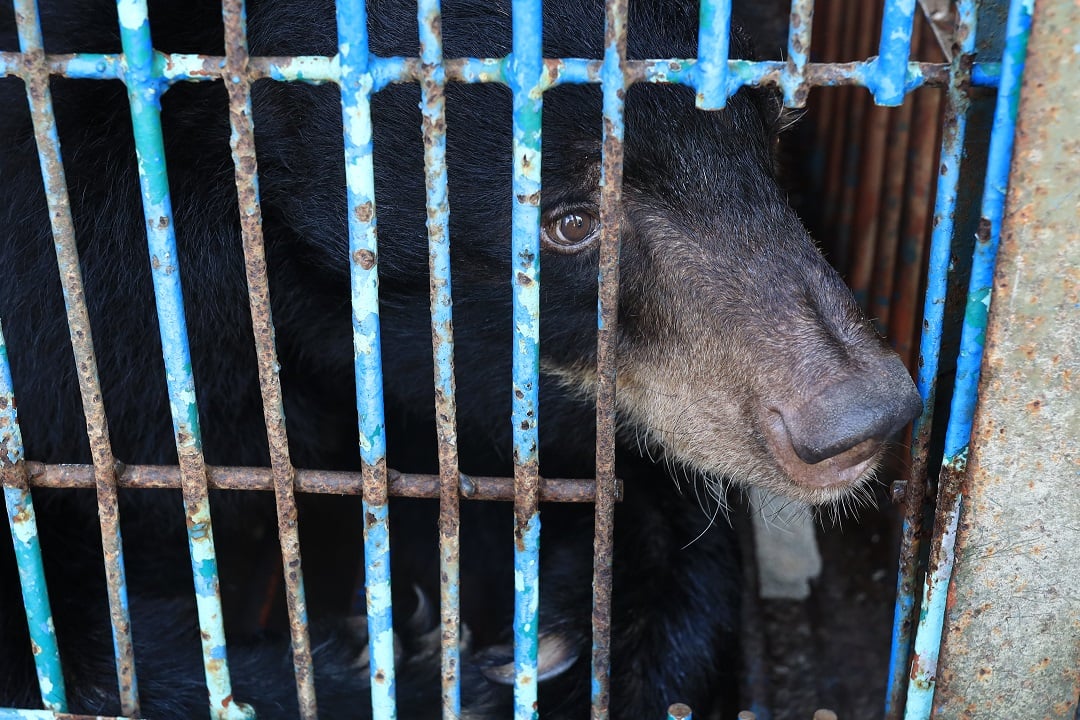
Millions of wild animals worldwide suffer immense cruelty, underscoring the need for their right to live freely in their natural habitats. It's crucial to protect these animals from exploitation and ensure their environments are preserved for the collective benefit of all species.
Facing an unprecedented crisis, wild animals around the world are suffering due to human-driven cruelty and exploitation. More than 1.6 trillion wild animals, including elephants, bears, and lions, are caught up in the global wildlife trade. They are used for entertainment, as pets, and transformed into products for fashion and other industries.
Their suffering is intensified by habitat loss and fragmentation. A significant contributing factor to this is the expansion of industrial animal agriculture (factory farming), which not only inflicts suffering on billions of farmed animals but also exacerbates climate change. This, in turn, leads to more wildfires, floods, and climate-related disasters, destroying even more natural habitats and inflicting further suffering on wildlife.
Wild animals across the globe are confronted with an unprecedented crisis of cruelty and exploitation. Driven by profit and unchecked human activity, over 1.6 trillion wild animals like elephants, bears and lions endure suffering each year, with the majority caught in the global commercial wildlife trade for entertainment, pets, fashion, and other products.
This massive exploitation is compounded by the devastating loss and fragmentation of habitats due, in large part, to the expansion of industrial animal agriculture which is also driving climate change and destroying further habitat through increasing wildfires, floods and other climate-related disasters.
Our goal is to change people’s relationship with nature and animals. We will stop at nothing less. Wild animals are not commodities and we must change the systems that currently consider them only as resources to be exploited. By changing these systems, we aim to protect the welfare of wildlife and preserve the natural world.
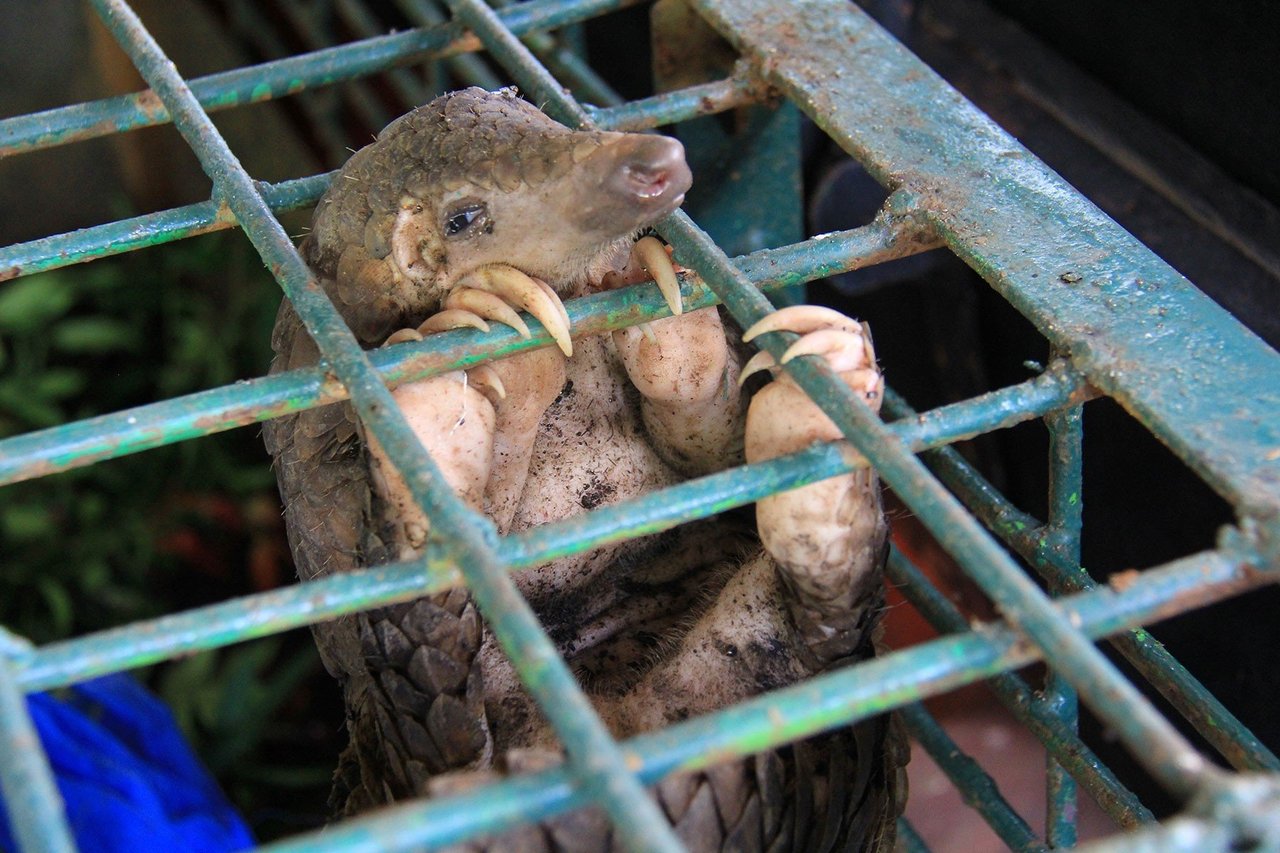
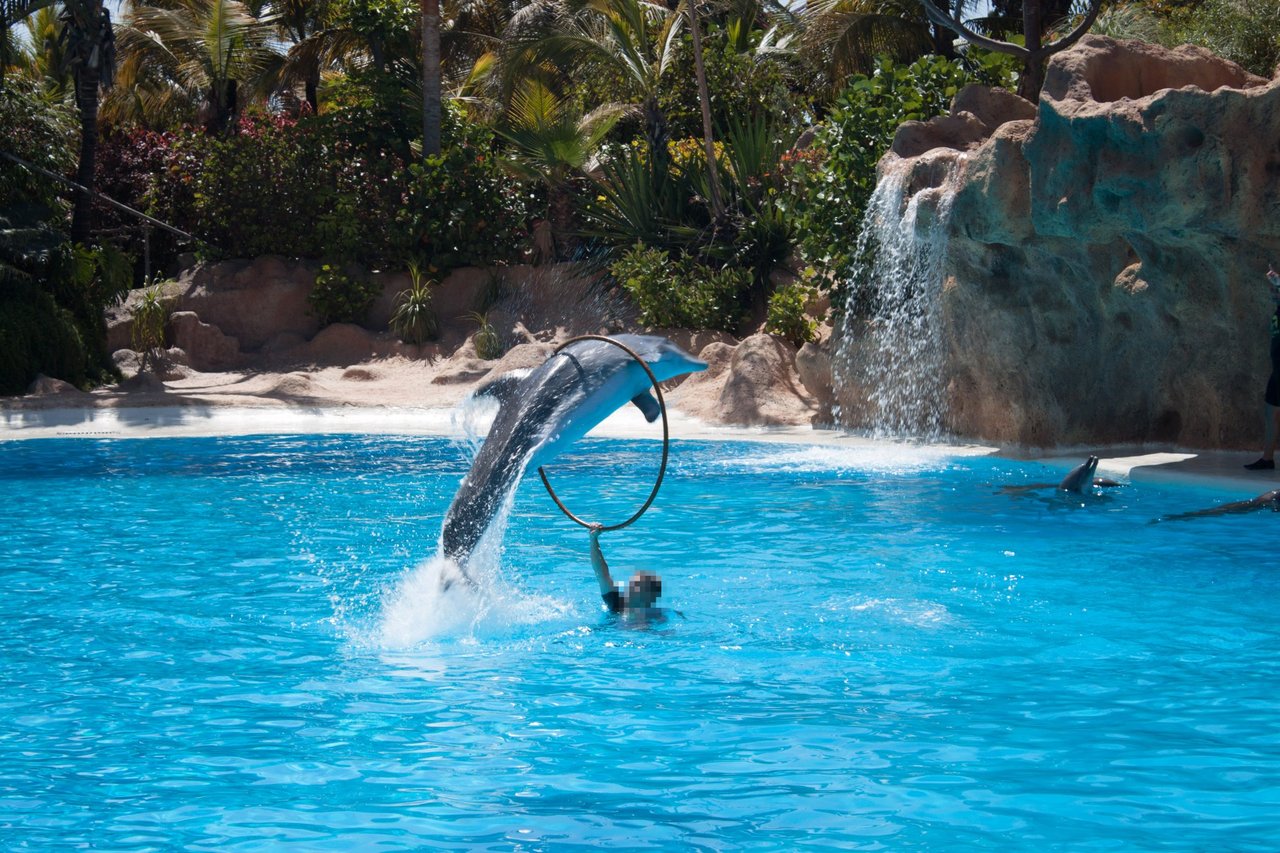
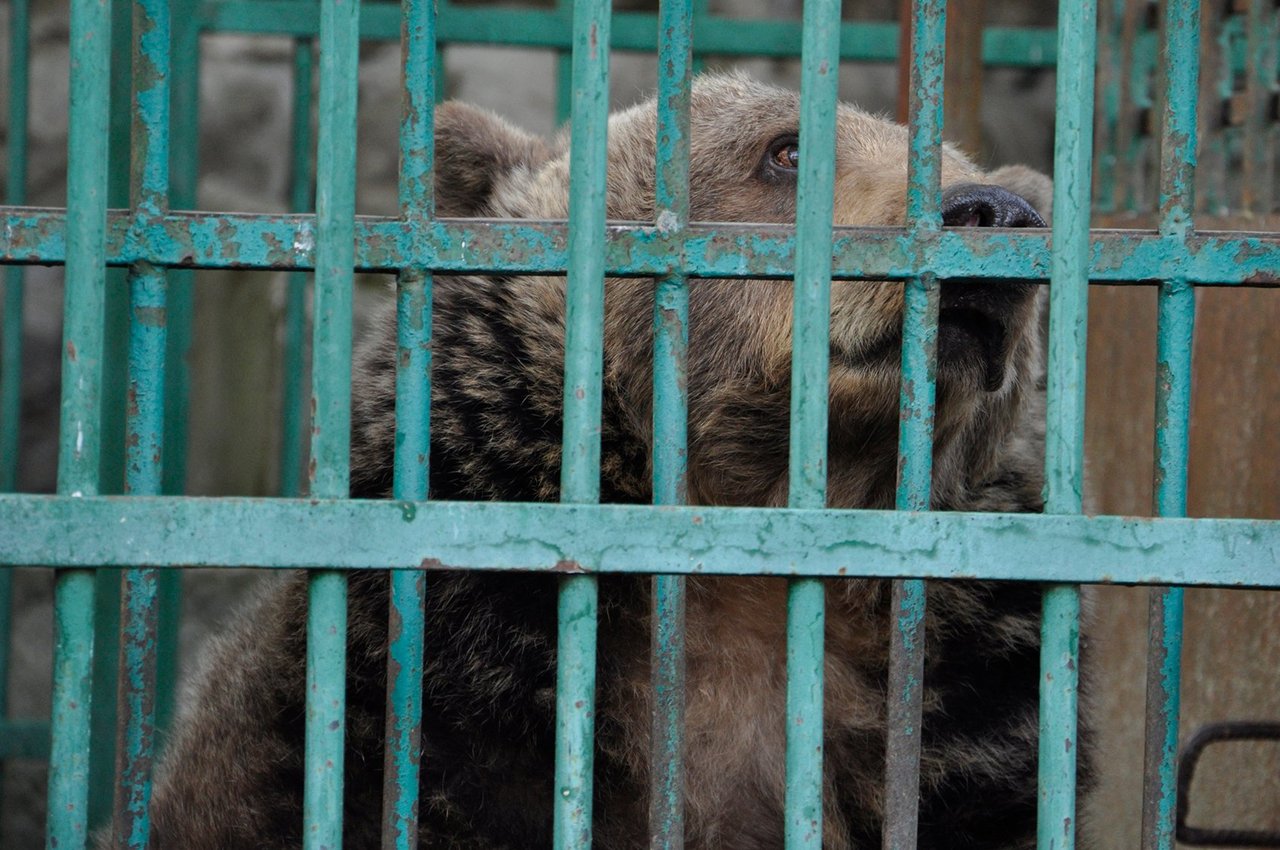
We will reduce consumer demand and expose the environmental, animal welfare and health risks of the commercial wildlife trade, ultimately making the exploitation of wildlife unprofitable and socially unacceptable. We will expose the human health risks of the wildlife trade. Additionally, it's crucial to highlight that the commercial wildlife trade poses significant risks to human health, contributes to biodiversity decline and exacerbates pandemic risk. This broader perspective underlines the urgent need to address these interconnected issues for the betterment of wildlife, human communities and the global environment.
We collaborate with governments, individuals, corporations and communities to find humane and sustainable ways of living alongside wildlife. By working together, we will find long-term, community-led solutions that benefit livelihoods and promote harmonious coexistence with wildlife.
Governments worldwide have a responsibility to implement and enforce laws that protect wildlife and their habitats from commercial exploitation. We advocate, promote community engagement, and provide legislative expertise to achieve long-lasting, genuine change.
While we focus on addressing the root causes of wildlife exploitation for large-scale impact, rescuing animals in distress remains a vital part of our work. In collaboration with NGOs, sanctuaries, and rehabilitation centers globally, we provide crucial support for the rescue and safe sheltering of wild animals saved from abusive conditions or disasters. These sanctuaries offer more than just safety; they provide environments that closely resemble natural habitats, essential for the rehabilitation and well-being of rescued wildlife. This aspect of our work not only aids individual animals but also reinforces our broader commitment to protecting wildlife and preserving their natural environments.
While focused on tackling the root causes of wildlife exploitation to impact the largest number of animals at scale, we also support the rescue of animals in distress where we can. We collaborate with other NGO’s, sanctuaries, rehabilitation centers, and for disaster response efforts around the world to provide safe havens and expert care for wild animals that have been saved from abusive conditions or disasters. These sanctuaries are crucial for the recovery and well-being of rescued wildlife, allowing them to live out their lives in environments that closely mimic their natural habitats.
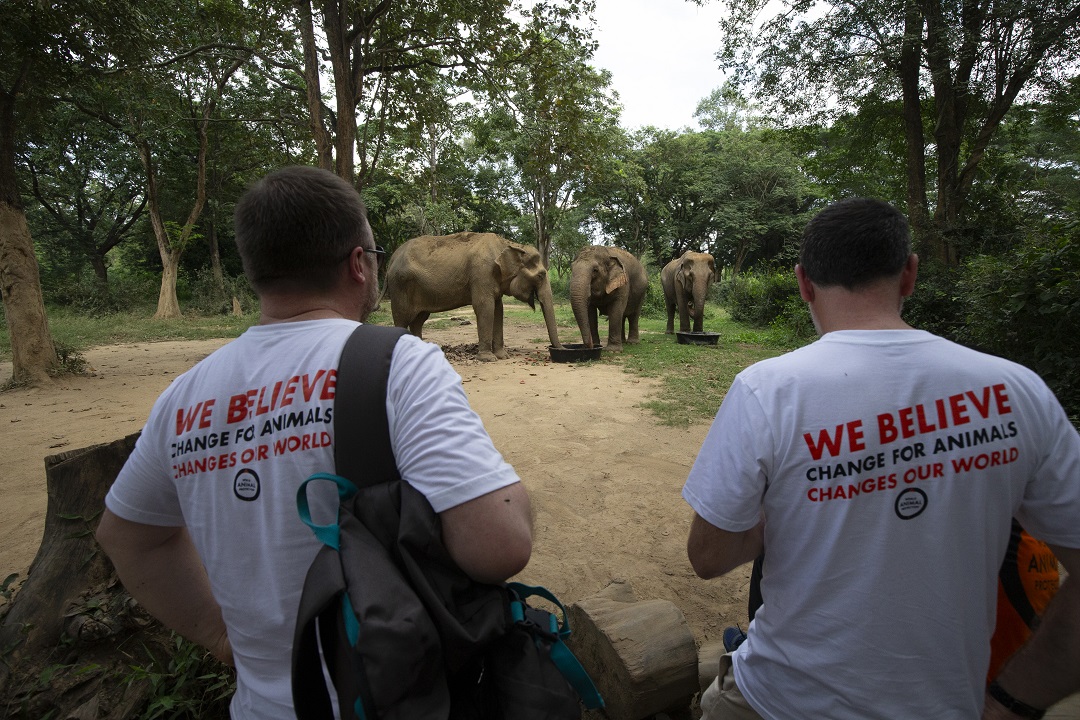
Campaign
Wild animals across the world are facing unprecedented threats due to human activity. Industrial-scale trades, habitat loss, and cruel practices are driving countless species towards extinction.
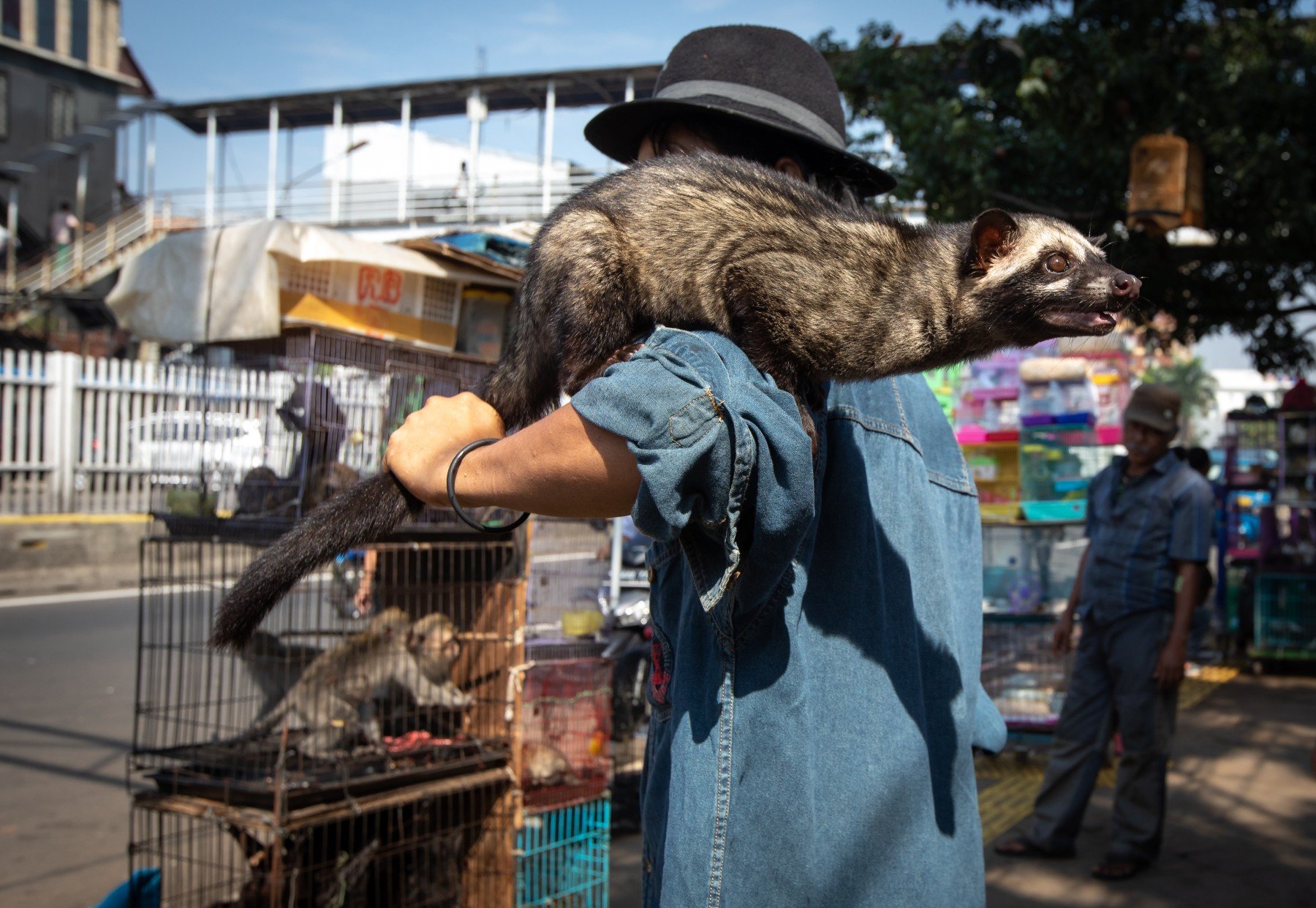
Take action
Join World Animal Protection's global campaign calling on Canada and other countries to ban the global wildlife trade.
Act now!Campaign
Our campaign to transform wildlife tourism aims to safeguard the welfare and conservation of these animals, address the negative animal welfare impacts of tourism, and ensure wildlife can thrive within their natural habitats.
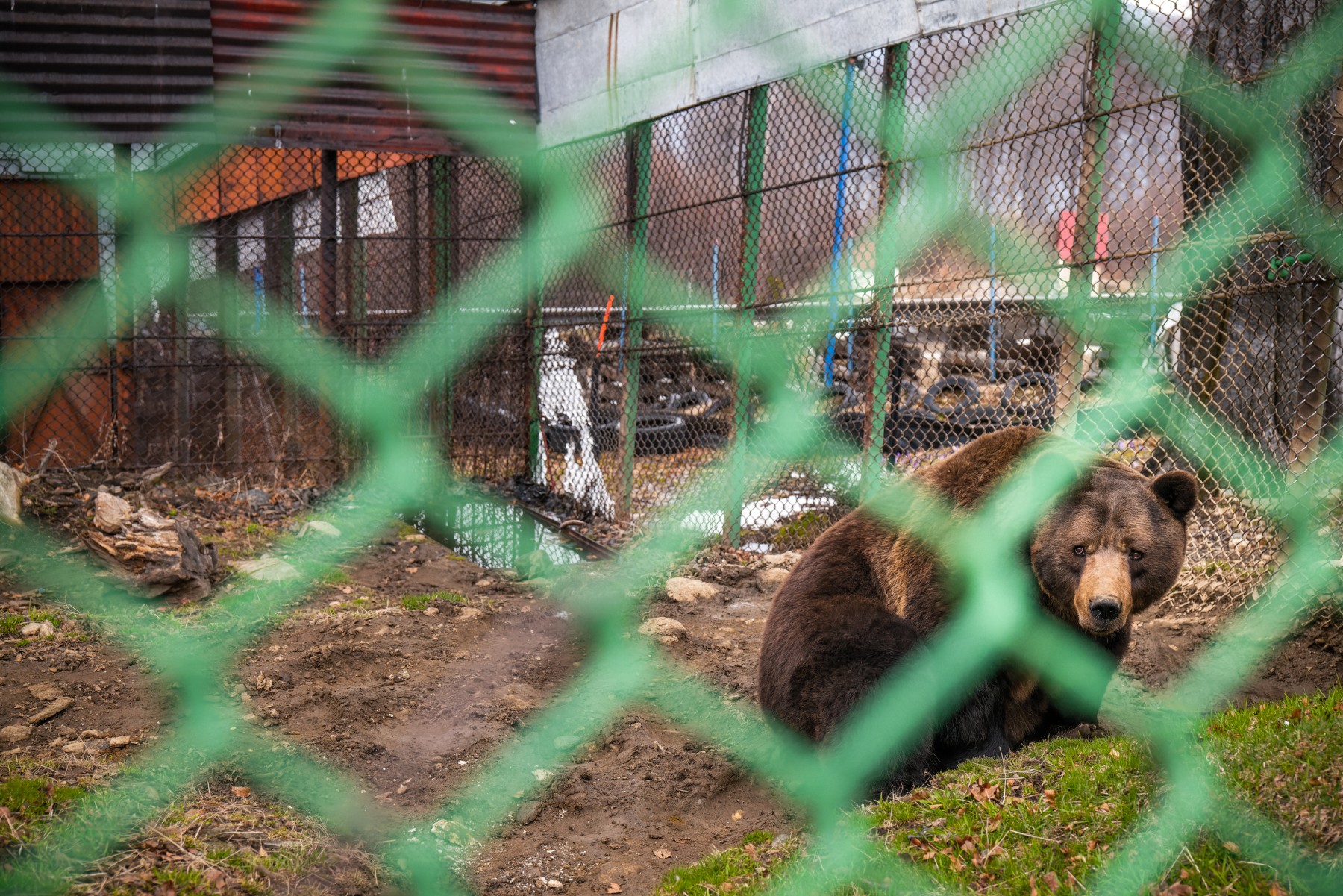
Take action
Sign this petition urging the Romanian government to move Baloo to the Libearty Bear Sanctuary immediately.
Act now!Bear dancing and baiting are cruel practices that exploit bears for entertainment and sport.
This cruel practice involves extracting bile from bears for use in Traditional Asian Medicine.
Learn more about common animal welfare issues that affect animals in the wild and in our food systems.
These sites offer large natural habitats and expert care for rescued bears to live out their lives in peace.
These places provide a natural habitat and safe environment that meet the highest welfare requirements for their resident elephants.
Whale Heritage Sites are a global accreditation scheme that recognizes venues that offer and promote responsible and sustainable wild whale and dolphin watching.
Wildlife Heritage Areas are places where a deep and respectful connection exists between a guardian community and a wild species, species group, or habitat.